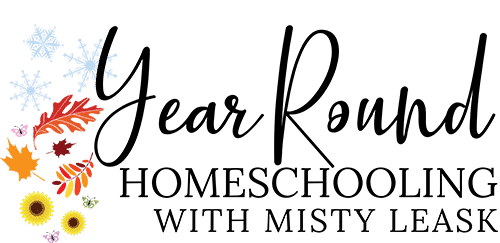As a new homeschooling mother, I didn’t realize the importance of reading with purpose was more than basic instruction beyond phonics and spelling. I mistakenly assumed that a child would naturally evaluate and analyze whatever they had read. It was during a book discussion, about sixteen years ago, that I quickly learned that there was much more to reading instruction than vowels, consonants and phonograms! My child had been assigned a biography to read and during our discussion he quickly spouted off some simple facts, but when I asked questions about cause and effect, my son was obviously stumped. My little guy was very smart, but he did not know how to read a biography!
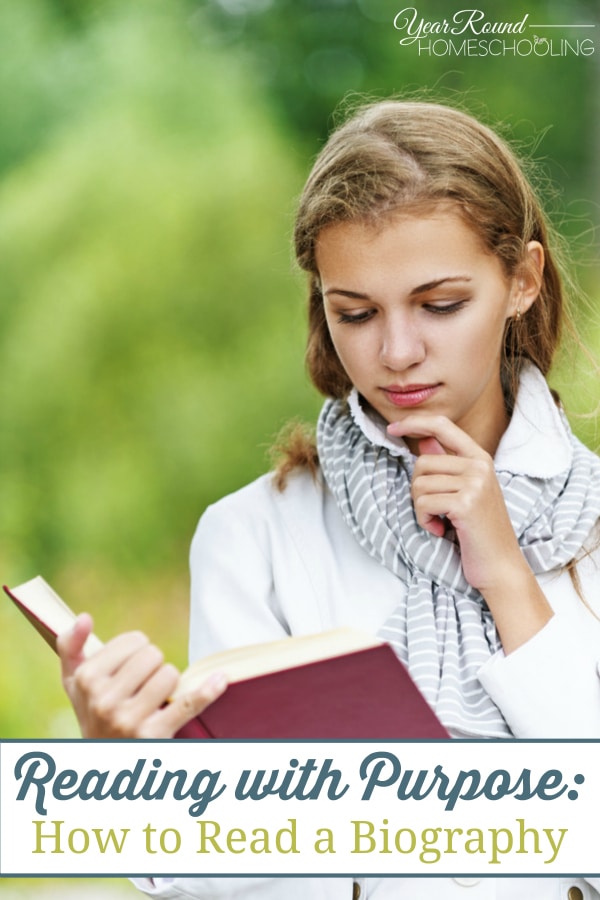
How to Read a Biography in Six Simple Steps
1. Teach your child the purpose of a biography. Biographies tell an interesting story and create a package picture of an individual. The purpose of reading a biography is to answer the following questions:
What kind of life did the person lead?
What was the person really like?
2. Teach your child to read the skeleton parts of the book first:
front cover
back cover
inside dust jacket cover
table of contents
captions on illustrations and photographs
Ask them what they can learn about a book by looking at its skeleton first.
3. Now they are ready to begin reading! Encourage your children to read with purpose, looking for cause and effect and clues that help them understand the subject of the book. Use graphic organizers to help them keep track of these types of details. What did the person experience and what was the result?
Look for key events and the results of those events. Record them in a graphic organizer.
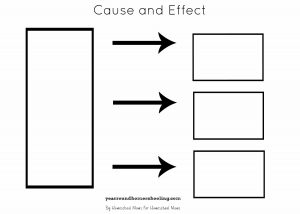
You might even try a character map.
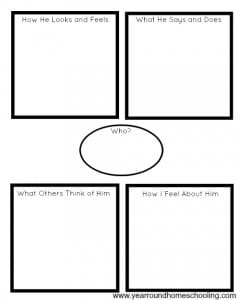
How can I describe the person in my biography?
How do I feel about them? What is my opinion of them?
4. Encourage your child to take notes as they read. If you don’t mind marking up a paperback book, you might even hand your child a highlighter to mark dates. If you do not want to mark in books, use sticky notes, or tabs. Again, focus on dates, key events and their effects. You might even want to use an inference chart if your child struggles with deriving logical conclusions from the information presented in the text.
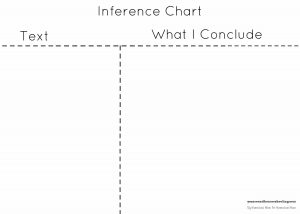
5. Teach your child to reflect on the character of the person being studied. What kind of person are they? How did they become that person? Is this a person to emulate? Why, or why not? How do I feel about this person? Why?
6. When your child has finished reading, help them to take time to think about the book.
Can they tell you the important events in the subject’s life?
Do they understand the cause and effect relationship presented in the book?
Do they have an opinion about the subject and can they support that opinion with evidence gathered while reading?
If your child does not seem to have a grasp of the biographical subject, it might be wise to do some more reading, or add in other types of media to help him/her solidify their understanding. Feel free to use documentaries, historical fiction, audio books, computer programs, or living history events to encourage the educational process.
Most importantly, don’t become discouraged! Just keep your child reading, discussing, evaluating and growing!
For Further Instruction and Encouragement:
Great Source Reader’s Handbooks: Softcover Handbook Grade 9 2002
(This is not a book I give my children. This is a book for me, to help me guide my children in their reading assignments. The grade nine book is enough information for K-12th grade.)
Grateful for homeschooling,
Reading can be fun, but it can also be challenging for some students. We have a reading Pinterest board where you’re sure to find some great ideas for your readers!
Follow Misty Leask’s board Homeschool : Reading on Pinterest.
